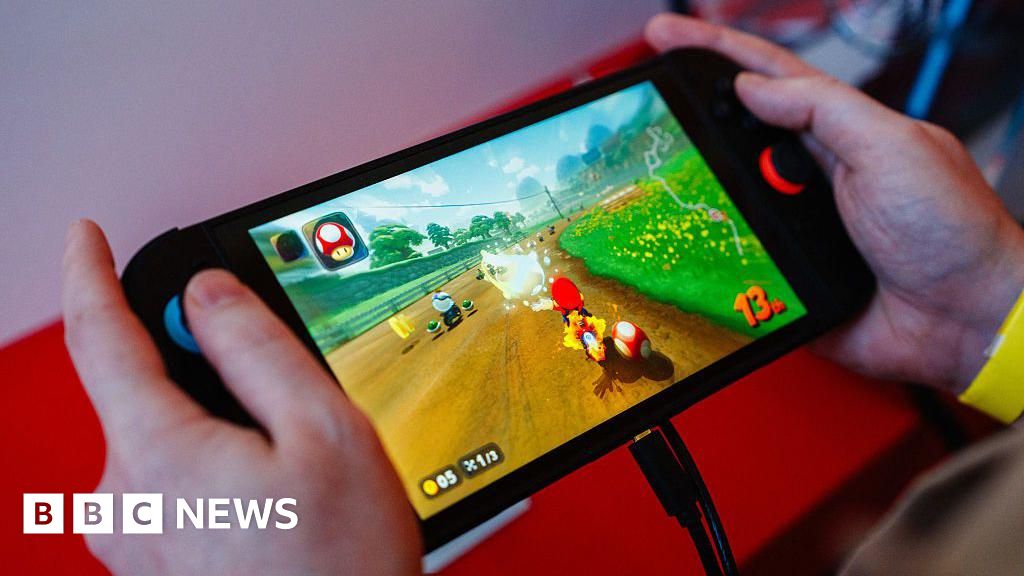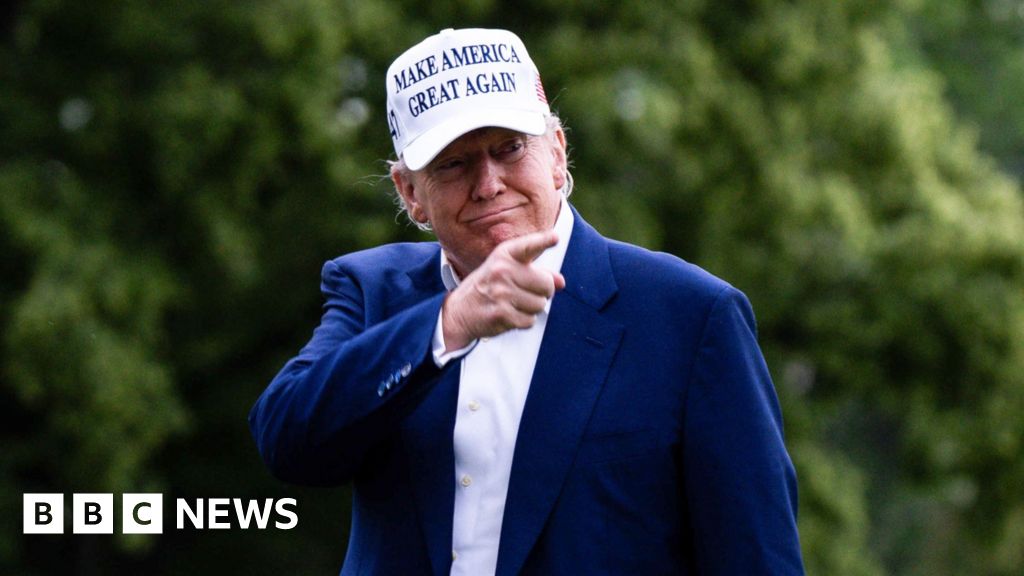- Energy
UK car making plunges to lowest for over 70 years
时间:2010-12-5 17:23:32 作者:Science 来源:U.S. 查看: 评论:0内容摘要:“Our window into this story is constrained,” said co-author Margaret Crofoot of Max Planck and the Smithsonian. The findings were published Monday in the journal“Our window into this story is constrained,” said co-author Margaret Crofoot of Max Planck and the Smithsonian. The findings were published Monday in the journal
Here are some takeaways from The Associated Press examination of how federal cuts to public health are affecting communities and people across the United States.Prevention work is low key. It’s impossible to identify who was saved because, if it goes well, the person never knows when they’ve fended off a mortal threat with the invisible shield of public health.

The health department in Mecklenburg County, North Carolina, for example, has run a mobile clinic that it brings to high schools to ensure students are up-to-date on shots for diseases like measles and polio. Those shots help both the student and the wider community stay healthy — if enough people are vaccinated.U.S. health departments run programs to reduce suicides and drug overdoses, improve prenatal health and help people stop smoking. They educate people about health and test for and treat diseases such as HIV and tuberculosis. Some, including Mecklenburg, operate medical and dental clinics too.The work departments do is also cost effective, experts have found. For every

, the country is estimated to save $11; onState and local health departments depend on federal money and support. The U.S. Centers for Disease Control and Prevention sends about 80 percent of its budget to states and local communities and helps those departments with its expertise and other resources.

When the Trump administration pulled $11 billion from state and local health departments without warning in March, then laid off thousands of people at CDC a week later, public health leaders said the cuts delivered a serious blow to communities across the country.
All eight employees dedicated to the mobile vaccine program in Mecklenburg were laid off. Nine disease intervention specialists in Columbus, Ohio, were let go as the department prepared to address a measles outbreak. Nashville had to end a program offering free flu and COVID tests.“Without it, I cannot breathe. My nostrils shut when I try,” he said, inhaling to demonstrate for a reporter. “Others don’t have that issue and still use them.”
Jarry definitely has noticed a recent spike in interest among players. He said that even though he’s worn the strips for years, including at this French Open, other competitors on tour never asked about them — until Alcaraz started wearing one last year, sometimes in black, sometimes in pink.“Others have asked me, and many are trying it,” said Jarry, who sported a beige-colored strip in Paris. “But before him? Nothing.”
There are those, like, who are tempted to try.
- 最近更新
- 2025-07-07 06:53:26CNNFour dead and dozens missing after ferry sinking near Bali, Indonesia
- 2025-07-07 06:53:26Money market accounts vs. money market funds: How these two low-risk savings options differ
- 2025-07-07 06:53:26Cute and flattering not-too-short shorts that will keep you cool all summer long
- 2025-07-07 06:53:26Israel attacks Palestinians forced to evacuate north Gaza
- 2025-07-07 06:53:26The Hidden Struggles of Women’s Health
- 2025-07-07 06:53:26When should you refinance your student loans? Up-to-date info on the changing landscape
- 2025-07-07 06:53:26Gaza youth shun turmeric video trend due to food crisis
- 2025-07-07 06:53:26Who will feed Sudanese refugees?
- 热门排行
- 2025-07-07 06:53:26Zuppa di fave e finocchio (Broad bean and Fennel Soup)
- 2025-07-07 06:53:26Elle DecorThe coolest trend in design? Going back in time
- 2025-07-07 06:53:26How Sweet Eats’s Favorite Baked Beans
- 2025-07-07 06:53:26Federal judge blocks Trump asylum ban at US-Mexico border, says he exceeded authority
- 2025-07-07 06:53:26charging you more as a result of your loyalty
- 2025-07-07 06:53:26Kari Lake guts Voice of America as U.S. reporters face threats abroad
- 2025-07-07 06:53:26"choosing my own adventure."
- 2025-07-07 06:53:26What to watch for in the New York City mayoral primary election
- 友情链接
- Deadly superbugs thrive as access to antibiotics falters in India UK car making plunges to lowest for over 70 years People say cola and fries are helping their migraines - but there's a twist UK to build up to 12 new attack submarines Lockerbie: Remembering the victims of Flight 103 Veteran has 'burning fire' to correct pension 'robbery' Ukraine's audacious drone attack sends critical message to Russia - and the West UK car making plunges to lowest for over 70 years UK to build up to 12 new attack submarines Lockerbie: Remembering the victims of Flight 103 Cancer drug which could 'double survival time' rolled out People say cola and fries are helping their migraines - but there's a twist Trump tariffs can stay in place for now, appeals court rules Ukraine's audacious drone attack sends critical message to Russia - and the West Trump tariffs can stay in place for now, appeals court rules People say cola and fries are helping their migraines - but there's a twist Parties jockey for power in Hamilton by-election The influencer whose tweet led to a ban on disposable vapes UK to build up to 12 new attack submarines Trump tariffs can stay in place for now, appeals court rules Parties jockey for power in Hamilton by-election Parties jockey for power in Hamilton by-election 'We make more money from weddings now than farming' UK to build up to 12 new attack submarines Tariffs court fight threatens Trump's power to wield his favourite economic weapon Parties jockey for power in Hamilton by-election Deadly superbugs thrive as access to antibiotics falters in India The influencer whose tweet led to a ban on disposable vapes Deadly superbugs thrive as access to antibiotics falters in India Tariffs court fight threatens Trump's power to wield his favourite economic weapon
